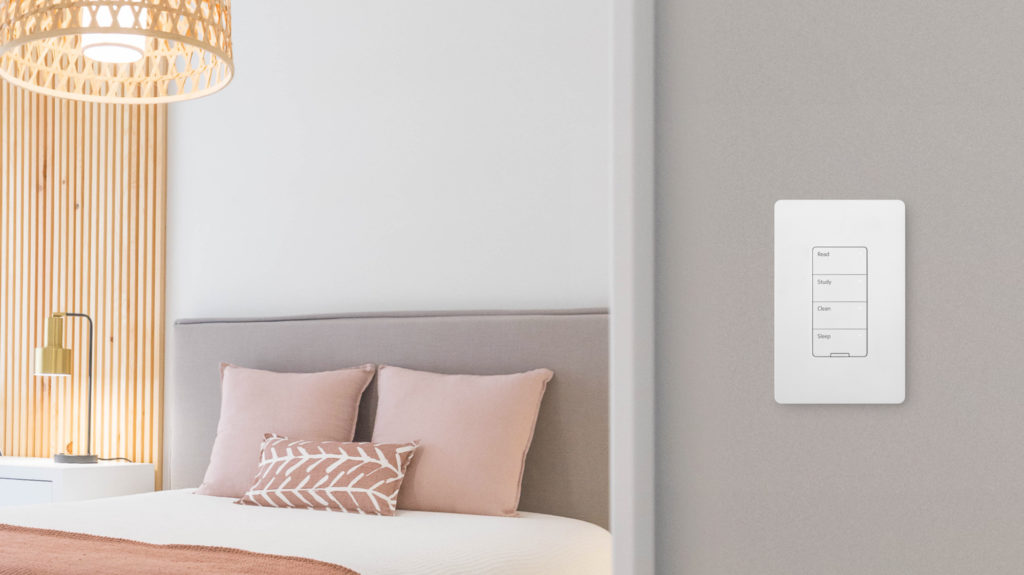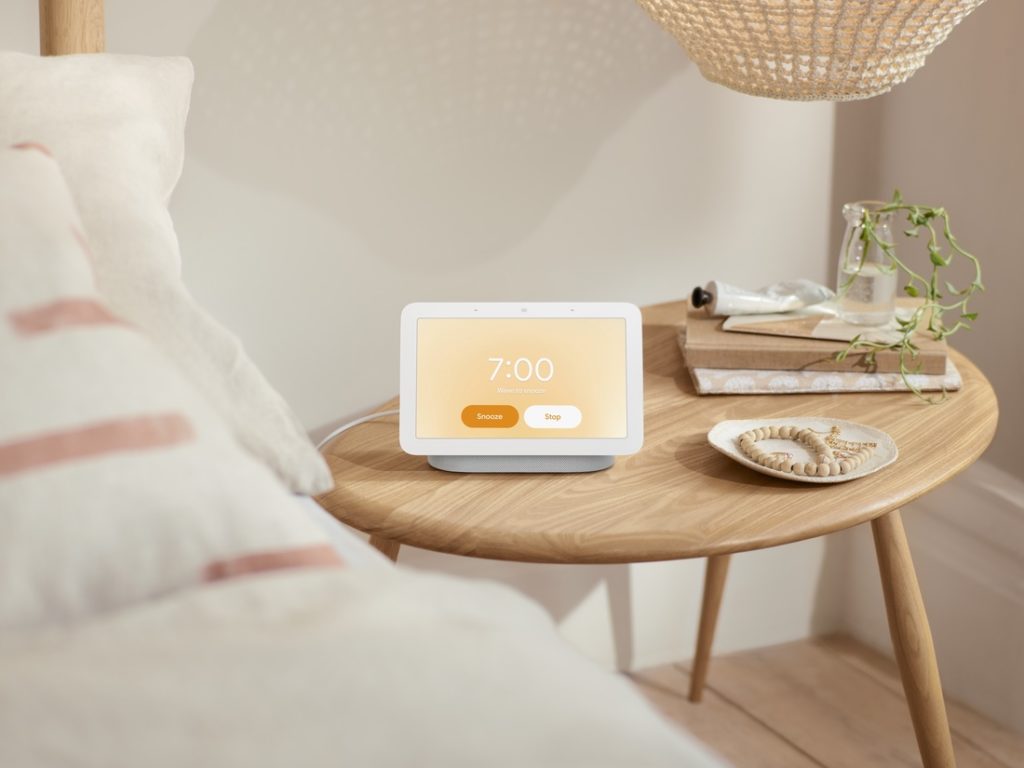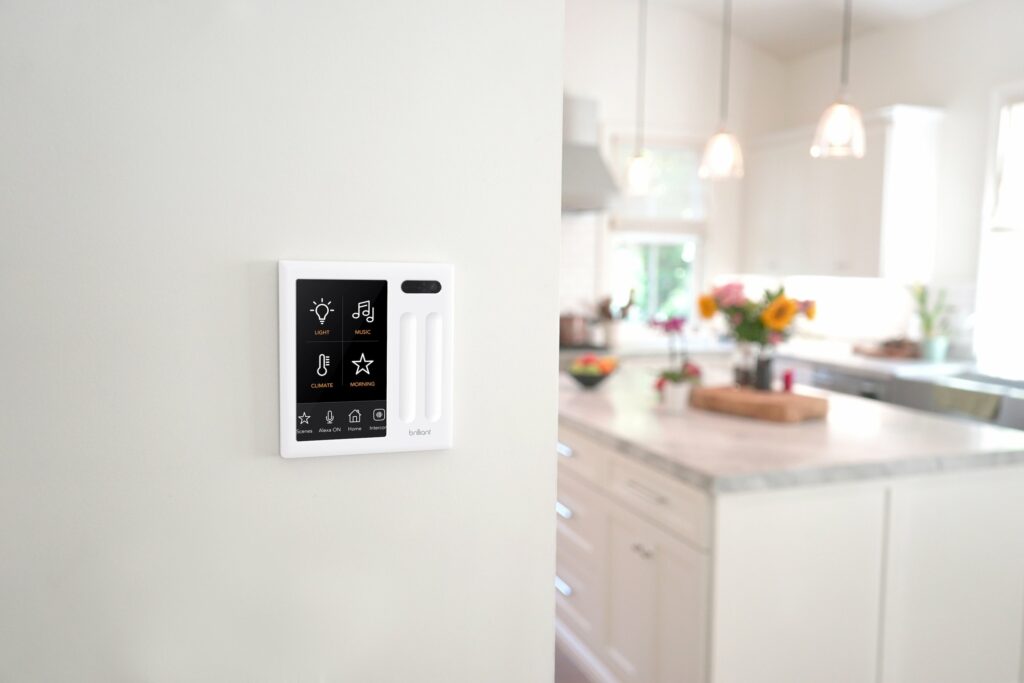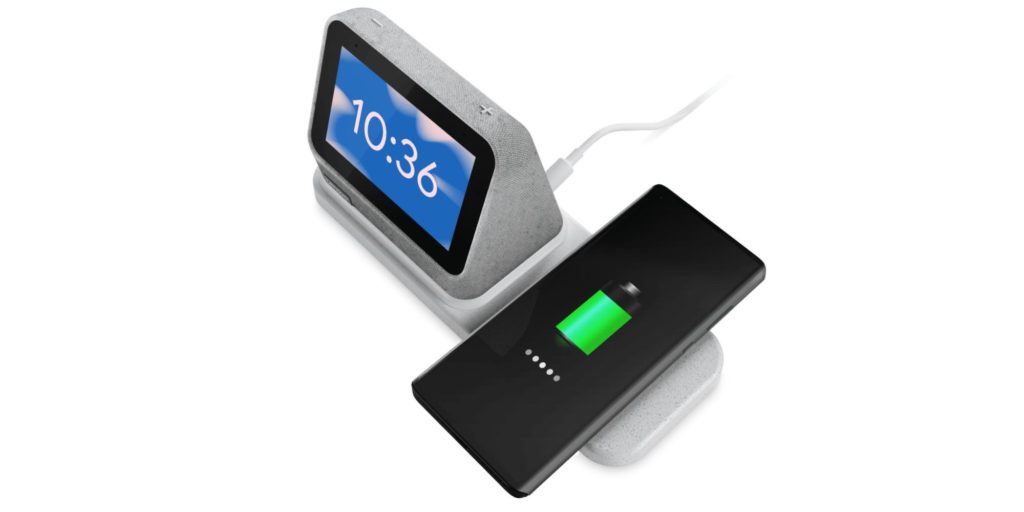We start this week’s show with a $200 million funding for Wiliot, a company I profiled back in 2017 as one of the vanguards of low-power sensing. Then we tackle a creative idea that could see consumers create safe words for their smart homes to indicate when they might be in trouble. Next up is President Biden’s National Security Memorandum on securing cyberinfrastructure. Like coffee? This connected coffee machine raised $20 million. If coffee’s not of interest, perhaps you’ll want to hear about research into the incidental users of smart home gear and what we owe them, or how to change Alexa to Ziggy and get a new voice option. I also talk about a new dev kit that will let you hook up Swarm’s satellite connectivity to a variety of sensors. Or maybe you’d like to hear Kevin’s review of the $60 Vilo mesh Wi-Fi system or about the upcoming Firewalla Purple device. We end the news segment by answering a listener question about the Firewalla Purple.
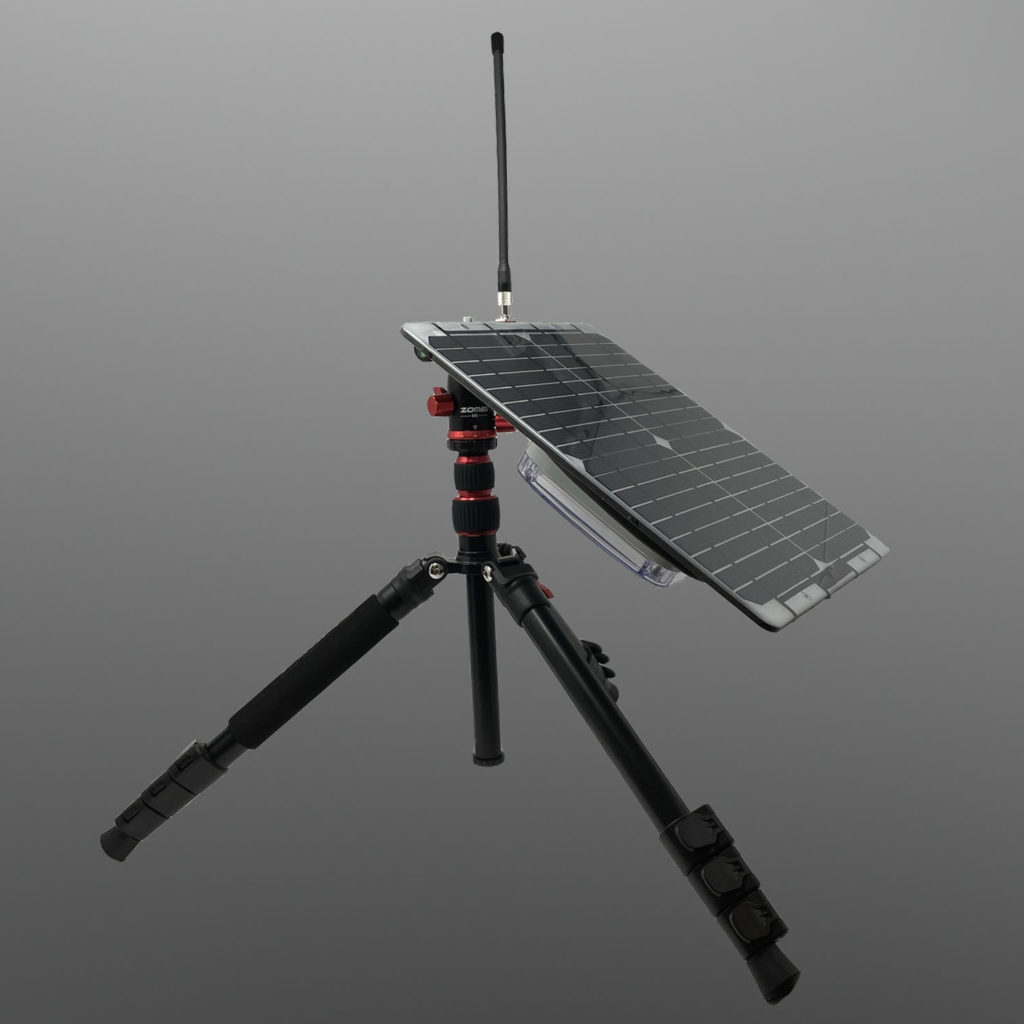
Our guest this week is Jason Shepherd, the VP of Ecosystem with Zededa, a container orchestration company for the industrial internet of things. It’s been a while since Shepherd has been on the show, so I asked him for an update on the IT and OT divide that we talked about four years ago. Both sides are coming together, but there are still challenges when it comes to bringing IT to scale in operations. We talk about heterogeneity, security, the challenges of remote access, and more differences worth thinking about when we put computers in industrial equipment. We also talk about the challenges of scaling machine learning models at the edge, and especially those designed to adapt to changing real-world conditions. It’s a fun interview.
Hosts: Stacey Higginbotham and Kevin Tofel
Guest: Jason Shepherd, the VP of Ecosystem with Zededa
Sponsors: Very
- Does your smart home need a safe word? Or an emergency alert?
- Biden wants to secure our infrastructure from cyberattacks
- Want to try a satellite connection for your sensors?
- Four ways IT folks have to adapt to the real world of OT needs
- How to scale machine learning for the edge
The post Episode 331: Safe words for smart homes and cheap mesh appeared first on IoT Podcast - Internet of Things.
